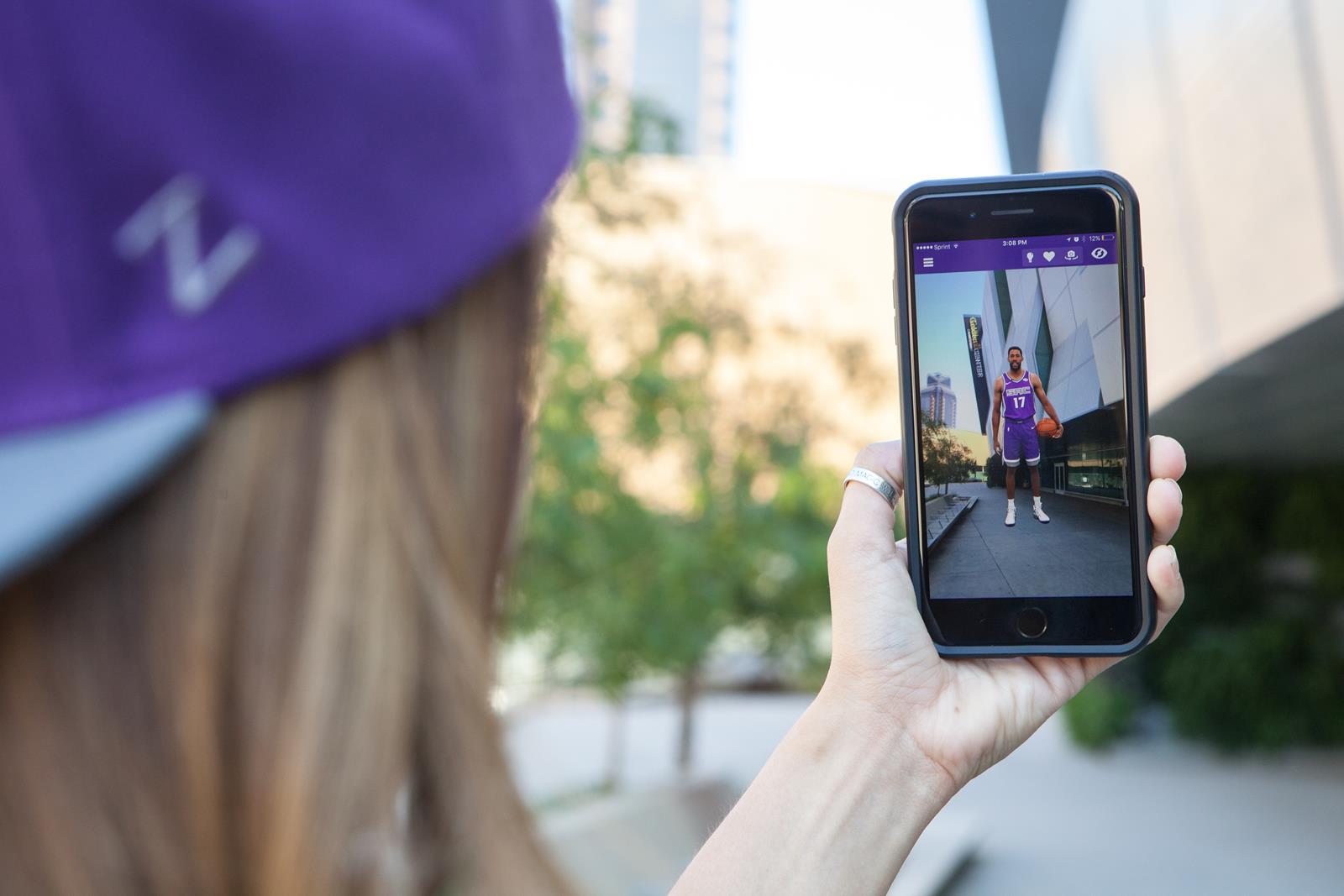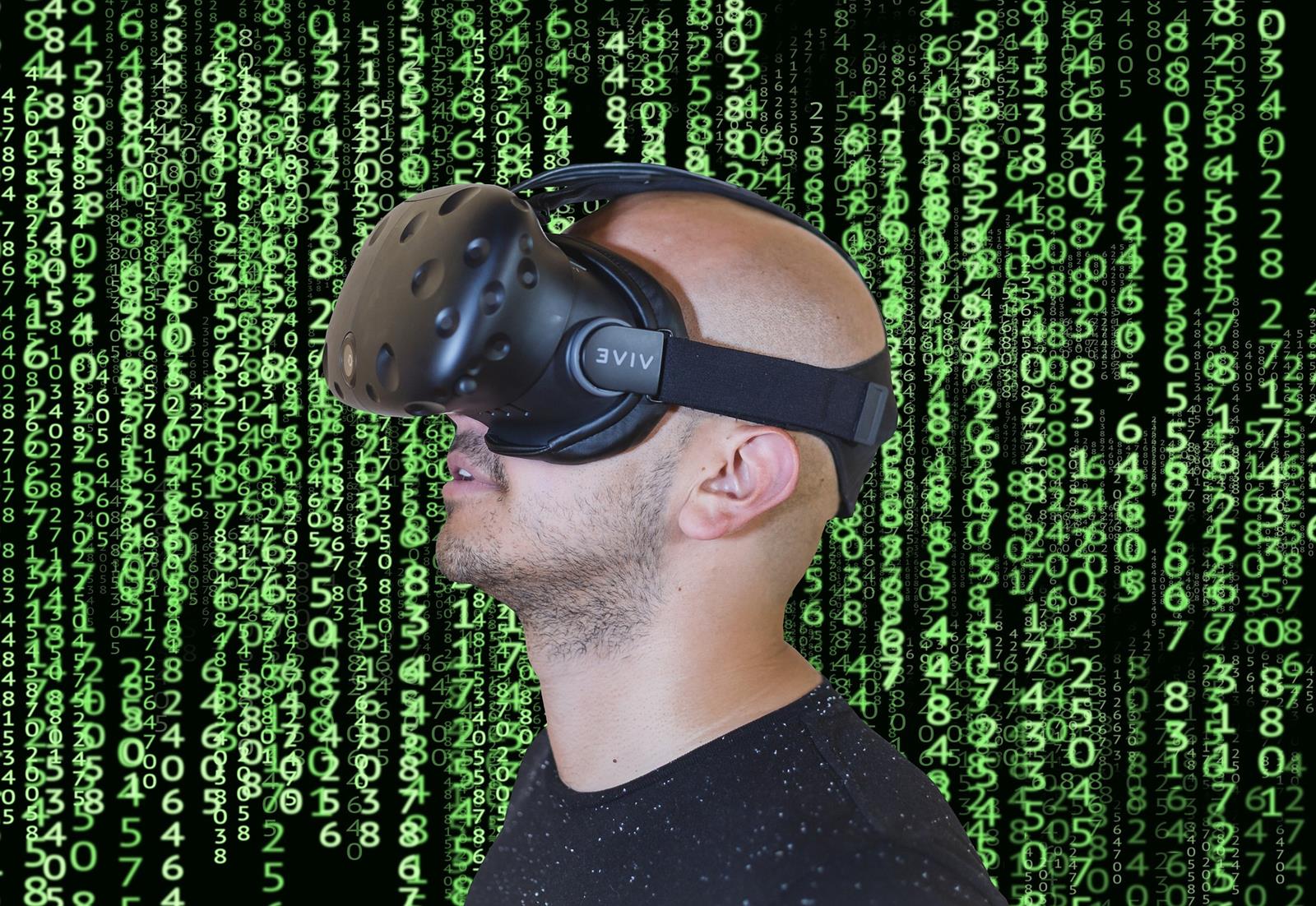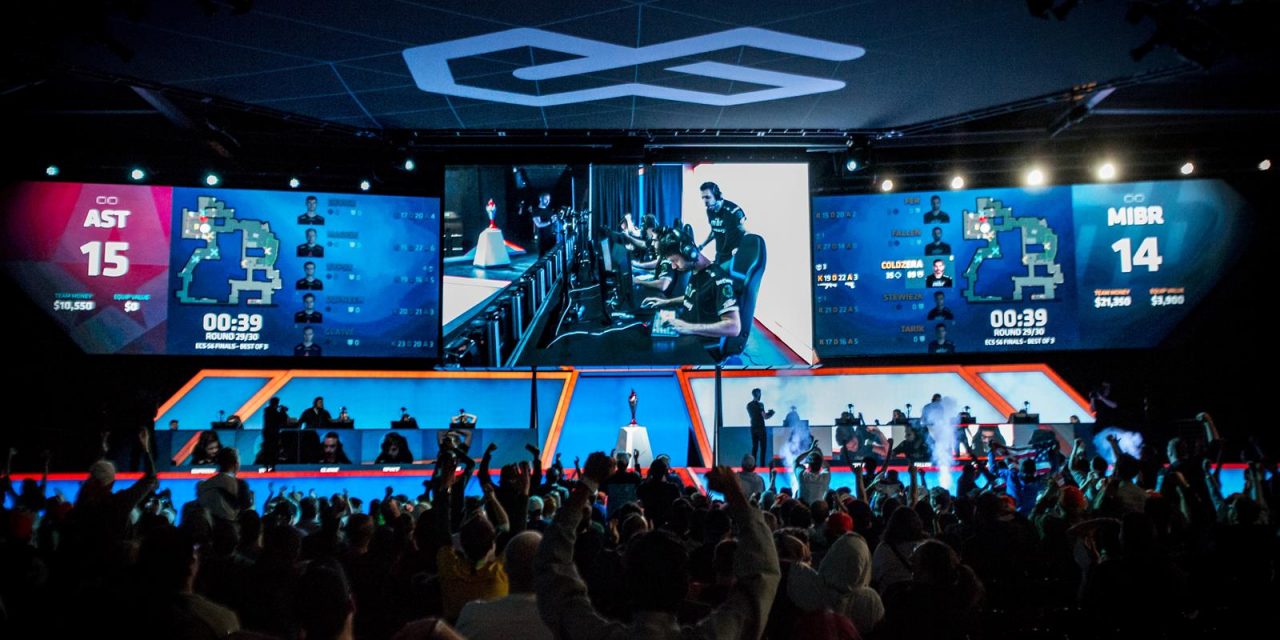New and innovative technology drives the sporting world, for athletes, administrators and fans alike.
Like the athletes and the rules that govern the games, the world of sport is in a constant state of evolution. Presently, the impenetrable arm of technology has integrated itself into sport at every level, to the degree where the balance of the games is now impacted in some cases. Naturally, for all the innovative improvements technology can and has made within the sports realm, so too has it created problems and generated criticism and controversy. It is undeniable, however, that technology will continue to play a major role in the ever-shifting sands strewn across the sporting landscape
The technological advancements and improvements to sports can be best reflected by looking at the innovative tech through multiple prisms. The growth rates in esports viewership and participation have skyrocketed in this decade, creating new fans among previously underserved demographics. Interactive immersion through phone applications and stadium enhancements has slowly been implemented at stadiums around the world, maximizing the fan experience. Wearable devices provide new tracking data and metrics to measure and enhance an athlete’s performance. And the ever-present advancements in augmented and virtual realityare merging the worlds of video gaming with actual sporting contests, yielding fascinating new opportunities—for developers and fans alike.
ESPORTS

Competitive gaming is nothing new.
Back in the stone age of video game development, circa 1980, the popular game “Space Invaders” held a competition that drew a crowd of 10,000, a crowning achievement for that time. By 2020, most conservative projections value esports revenue around $1.5 billion, with no signs of the industry losing steam soon. In 2017 the industry awarded prize money that totaled $110.6 million derived from 3,765 tournaments, according to the esportsearnings.com website. Its largest tournament, The International 2017—a showcase for the world’s best “Dota 2” players—brought in $24.6 million on its own.
It occurred in 2018, when esports viewership expanded 13.8 percent to reach 380 million people worldwide. What started as a fringe movement among hardcore gamers has reached the masses, and now the wallets, of some of the largest companies around the world. In the United States, companies like Geico, Tinder, and Monster Energy have sponsored major esports events or have become major advertisers, while established non-endemic brands like McDonalds and Volkswagen have sponsored major events held through Tencent’s King Pro League in China as well as in Korea.
It played a major role in its continued rise in popularity. As viewing options continue to advance, millions of people can watch all over the world via Amazon’s Twitch streaming platform, YouTube Gaming, Mixer, Facebook Gaming, Steam TV, Caffeine, Huya, and NetEase CC.
With so much money, influence and opportunity on the line, it isn’t surprising that destinations around the U.S. have started to cash in on the widespread popularity and camaraderie found through esports, mainly by building arenas specifically designed to house tournaments and competitive matches. The best of these arenas, like the Esports Stadium Arlington, have built fan-friendly amenities into the venues
Arlington, Texas-based facility is a 100,000-square-foot venue which focuses just as much on the fans as it does providing an outstanding atmosphere for top-of-the-line competitions. Open to the public seven days per week is the stadium’s Gaming Center, which features the latest and greatest games like “APEX Legends”, “Fortnite” and “Call of Duty: Modern Warfare” on NVIDIA-powered gaming PCs or on PlayStation 4, Nintendo Switch and Xbox One. The center also allots time for weekly meet-ups, tournaments and other events that focus on connecting gamers from many different walks of life.
INTERACTIVE IMMERSION AND AUGMENTED REALITY

The next time you’re at a sporting event, take a break from watching the action and look around you for a minute. How many people sitting near you are staring down at their phones, seemingly immersed in the digital device and completely oblivious to the action on the field, pitch, court or rink that they’ve gathered at?
These days, no matter the quality of the matchup or the star power of the athletes on display, the mere spectacle of the sporting event isn’t enough to sustain the average human attention span for the entirety of the event. Rather than capitulate, professional franchises around the United States have begun implementing tools of interactive immersion into their fan experiences, either via smartphone applications or interactive exhibits and activities spread throughout the venues.
In Dallas, Texas, AT&T Stadium brought in a new fan-favorite attraction for the 2019 Dallas Cowboys season. The 5G-enabled stadium launched its “Pose with the Pros” augmented reality experience before the team’s season-opener against the New York Giants. Centrally located in the lobby of the 80,000-seat stadium, a touch-screen interface allows fans to cycle through a litany of recognizable Cowboys players and—after choosing five players out of the list of vying candidates—pose with them side-by-side in a photo. Once the players are selected, the screen goes into selfie-mode, where the chosen players will walk into the frame as if they had been waiting for the camera to count down from the get-go. The digital renditions then strike a pose, leaving enough room for the subjects, and appear alongside the fans. The photo is then instantly available to the guests, who may receive it via email or text message. Guests can also enjoy the additional augmented reality offerings found throughout the stadium, including game data presented in AR available through Samsung S10 5G devices located throughout the building.
The Golden 1 Center in Sacramento, California, was built for the future and is an active leader in embracing digital infrastructure. First opened in September of 2016, the arena includes a 6,000-squarefoot data center with two 100 gigabit-per-second pipes, enabling fans to upload 500,000 Instagram photo uploads or Snapchat snaps each second. The Kings have always been at the forefront of embracing new technology, be it by hosting an “Ask me anything” session on Reddit with players, enabling fans to ask their favorites questions via the social platform, using Facebook Live to livestream player interviews, streaming games in virtual reality—something that both the National Basketball Association and Major League Baseball have invested in— or by embracing Cryptocurrency by accepting Bitcoin purchases.
But the hyper connectivity on display expands further out than merely behind-the-scenes offerings and is directly transmitted into the hands of the fans sitting in seats during live games with the organization’s embrace of augmented reality. Beginning in 2020, Kings fans will be able to interact with AR through the Sacramento Kings + Golden 1 Center app, which will feature AR scavenger hunts, in-arena photo opportunities with digital players (like in Dallas), sweepstakes, giveaways, interactive sponsorship campaigns and more. The franchise already debuted its “Call the Shot” predictive gaming application in 2019, then enhanced the application by adding a blockchain-backed rewards program before the 2019-2020 season, giving fans all the more incentiveto interact with the innovative tech.
Through a partnership with Zippin, the Kings became the world’s first sports arena to feature a checkout-free convenience store, enabling fans to purchase food and beverage items without the hassle of checkout lines or self-scanners. Guests can visit the store, grab items off the shelves and exit without waiting or scanning anything, and will just receive a receipt directly through their phones.
WEARABLE TECH AND VIRTUAL REALITY

Wearable technology has become a dominant factor within the sporting realm on and off the field, whether you know it or not. The same chip technology used to ensure the safety of your credit cards has brought major changes to the National Football League for the past five years. Now the NFL is extending its partnership with Zebra Technologies Corporation through the 2021 season.
Captured using radiofrequency identification (RFID) tags in player equipment—which use electromagnetic fields to automatically identify and track tags attached to objects—Zebra has been able to revolutionize the player and ball-tracking systems within the NFL. These continuing developments led to the creation of Next Gen Stats, which has given league officials and employees, players, owners and fans unprecedented access to the data and analytics that power the game behind closed doors. Data is captured through tags implanted into the shoulder pads worn by the players, as well as in the football itself, then transmitted to receivers installed in NFL stadiums, giving the league valuable data on every player for each game.
The results have yielded fascinating insights into significant metrics like player speed, acceleration and deceleration, distance traveled, orientation and proximity, which teams in turn use to calculate and research information that can immediately be helpful during every practice rep.
The league brought this technology to each of the six international NFL games it featured in 2019 as well, including the Mexico City Monday Night Football battle between the Los Angeles Chargers and Kansas City Chiefs in November.
Soccer organizations like Seattle Sounders FC have embraced wearable technology as well, investing heavily into sports science to maximize performance. During practice the Sounders players are outfitted with GPS and heart rate monitors, which track how they’re running and how hard their hearts are working. The data is then fed into a relational database, enabling the team’s analytics department to interpret the data and make suggested adjustments in real-time. Seattle became champions of Major League Soccer by capturing the MLS Cup for the second time in four years in November of 2019.
Unsurprisingly, professional sports organizations have invested heavily in virtual reality as well, both to improve the performance of athletes on the field and to enhance the role and experience for fans in the stands as well as home on the couch. The Los Angeles Dodgers experimented with a virtual reality batting practice headset in 2019 after partnering with WIN Reality, the brainchild of former minor league catcher Chris O’Dowd.
The VR batting practice system allows hitters to step up to the plate against the pitchers they would likely see that day or that week in any given matchup, then experience what it’s like to face those opponents—all without having to step foot outside the team’s clubhouse. The VR batting system combines data-driven models—which measure things like spin rate, horizontal and vertical movement, and velocity—actual video and computer-generated imagery to create a lifelike simulation within the goggles the players try on. This practice was particularly useful for some Dodgers hitters who might have been unfamiliar with the opposing pitchers they were slated to face. While the system wasn’t the only reason for his success, Dodgers first baseman and outfielder Cody Bellinger had a career year in 2019, in only his third season in the big leagues. Bellinger won a Gold Glove, Silver Slugger and was ultimately named National League MVP in November of 2019, becoming the first Dodger in history to be awarded the best player in the NL as well as the best defensive player and hitter at his position.
While the faces that play the games will come and go throughout the years, technological advancements within the sporting world are here to stay—and they’ll only continue to improve the lives of players and fans alike for generations to come. SPG SportsPlanningGuide.com
By Derek Wolff








